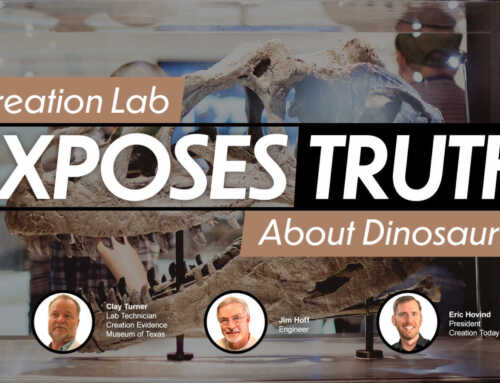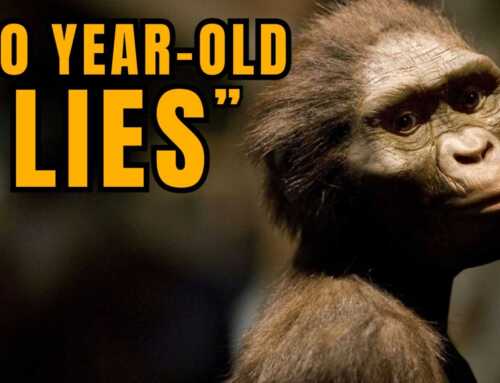Q: My Biology textbook says the first simple life-forms were single-celled ones in the Cambrian layers? What is that all about?
A: Well, let’s see—just from that sentence, I would say (1) there are no “simple life-forms”; (2) there is no such thing as a “Cambrian” layer; and (3) nearly all types of life are found in all the layers of the earth. (This would be expected from Noah’s Flood. See Seminar Part 6.) Today, let’s look at my first proposition: There are no “simple life-forms.”
Any living organism, even a single-celled amoeba, is more complex than the space shuttle! There is a great book called Darwin’s Black Box by Michael Behe, available from our Web site. It is all about the unbelievable complexity found in single-celled creatures. Most biology textbooks these days teach that all life-forms evolved from “simple, single-celled life-forms.”
There are several things to consider here:
- There are no “simple life-forms.” If it is alive—it is extremely complex.
- Many single-celled creatures have been observed for thousands of generations with no significant change.
- Single-celled creatures still exist and reproduce. Why aren’t any of them evolving?
- There are no examples living or fossilized of two-, three-, or four-celled creatures.
After one-celled creatures, the “simplest” animals have about one hundred cells. How did the single-celled creatures become multi-celled? Be sure to ask for specific evidence, not just theories.
I’ll continue explaining my other two propositions in subsequent blogs.




